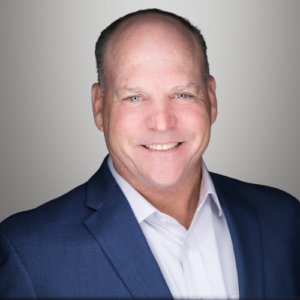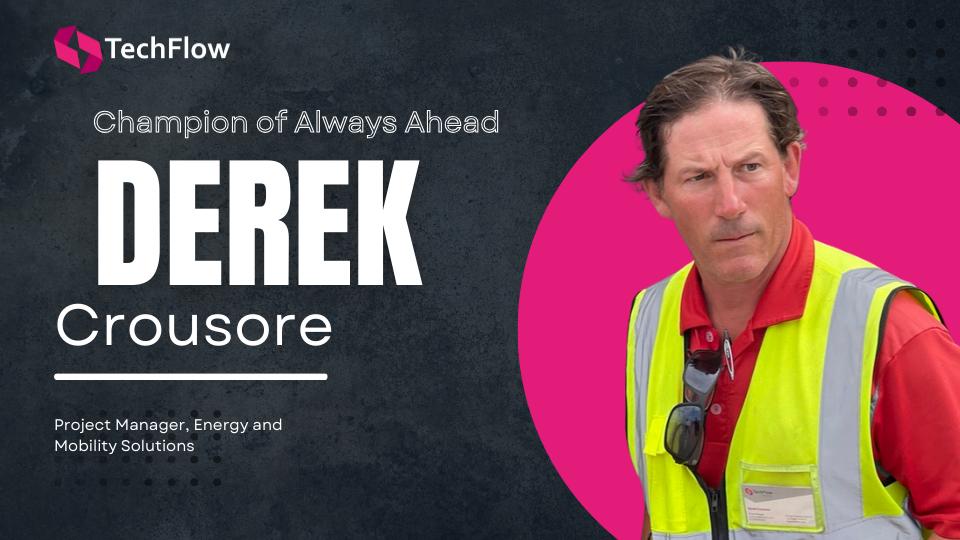Since 2015 we have celebrated the International Day of Women and Girls in Science on February 11, a declaration made by the United Nations in an effort to build awareness and further achieve gender equality and the empowerment of women and girls. Despite these types of efforts and a shortage of skills in most of the technological fields driving this fourth industrial revolution, women still account for only 28% of engineering graduates and 40% of graduates in computer science. These facts made me wonder how TechFlow ended up with so many amazing women applying science to develop forward-thinking solutions for our customers. What I found was not what I expected.
I targeted some of TechFlow’s top-performing employee-owners and asked our team to find out about the work they do at TechFlow and what was the path that led them to where they are today. The biggest surprise we learned during this process was that none of them initially considered themselves a woman of science. They each took a circuitous route to their current role so while they apply engineering and computer science principles, among other areas of science, to their work, they are not counted among those engineering and computer science graduates. And yet, they are doing the work.

Lauren Curbow Green is Deputy Program Manager for the TSA Explosives Detection Systems (EDS) program. She graduated with a degree in communications and spent several years in sports radio until she realized she would perhaps never earn a decent wage. A friend mentioned a local company was hiring and maybe she should check it out. The next thing she knew she was working for a company that was developing high-energy x-ray equipment and she was learning “science.” She moved her way up, building her knowledge along the way, and she hasn’t looked back. In fact, her job is about always looking forward. She and her team anticipate needs to ensure the EDS equipment is always up and running. One of the things she loves about working at TechFlow is there are so many opportunities to learn and grow. Lauren told us: “It’s not corporate America. You aren’t pigeon-holed into a task or expected to stay in your lane. If you’re open to it, you can learn so many things.”

Sheryl Haley is Senior Program Manager for TSA EDS and she found her way there through accounting and finance. She spent her early career as a financial analyst and started to grow bored. A co-worker mentioned he was taking a course to get his Project Management Professional (PMP) certification and at the same time she had taken a career aptitude test and realized she enjoyed working with people and finance was too solitary for her. She started working on her PMP and returned to work for a former employer that she knew had a program manager position opening up. She found herself in a similar world of security technology (eventually meeting up with Lauren at a stop they both made before TechFlow) and made a name for herself in the industry as someone who gets things done. Sheryl told our team: “I guess I have a bit of impostor syndrome. I’m doing the critical thinking, I’m doing the data analysis, I’m coding…but I didn’t stop to think that I’m working in science.”

Amy Ramsdell is a Program Manager responsible for the management of Digital Services’ business system modernization programs and projects including working on key infrastructure for the Department of Homeland Security. While she started on a more science-based path, majoring in Environmental Science, she also took an indirect route to get to where she is today which she did not consider as following a science path. Amy shared, “I actually bombed in the computer class I took and eventually ended up leaning more toward biology. In my early career I kept innovating ways to automate repeatable tasks so I could spend more time on analysis. Fast forward and now I’m building code as part of my job and I love it. I never really thought about it until now. It’s just something I need to do to tap into the power of information technology to help customers reach their business goals and solve problems.”

Dina Geilenkirchen is the Occupational Safety and Health Manager for EMI Services, a subsidiary that provides base operations support services, facilities maintenance, logistics, and engineering services. Her path to science was indirect as well, but the value that her experience along the way adds to her effectiveness in her position is unquestionable. For the first 20 years of her career, Dina built airplanes. She was literally on the production line. Eventually she made her way into a career directing safety which requires strong problem-solving skills and knowledge across multiple disciplines of science including biology, chemistry, and engineering. Dina explained, “I’m not just a cop. A lot of health and safety officers just write you up. I’ve been on the other end. So, I work with the person in violation to understand their process and help them understand both why compliance is important but also how to fix the problem.” Dina did not consider herself a woman of science until she was approached about being interviewed for this blog post. But she counted up all the hours she has spent learning the science, all the certifications she has successfully completed, and all the science she applies to her problem-solving on a daily basis…and she proudly told us, “Yes! I am a woman of science!”
These conversations made me wonder, are we as a society too narrowly defining what a career in science looks like? These women are not biologists or chemists or physicists or medical doctors or computer scientists or engineers…and so they each concluded that since they do not fit into any of those classic roles, how could they be women of science? However, they analyze data, solve problems, and build solutions employing many of these sciences that they have taken the time to learn about through studies, certification training, and on-the-job experience. Would they have found their way into these roles sooner had they known there was a career in science outside of the traditional roles that would appeal to them and their interests and strengths? Could that be the answer to bridging the gap of both getting more women and just people in general to develop the skills that are in short supply? All I know is TechFlow and the world at large could use more women like these doing what they do to help us solve the problems that this fourth industrial revolution has presented. I am grateful that despite the lack of a clear path, they found us. We are all better and safer for it.



